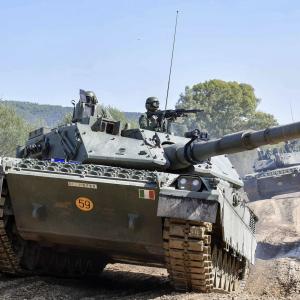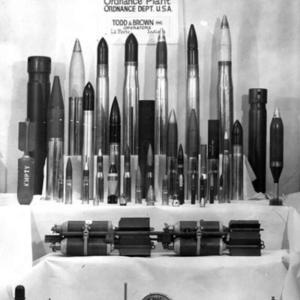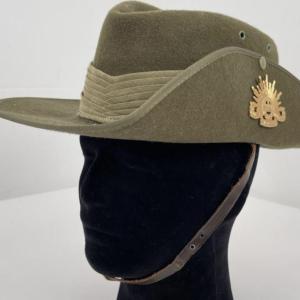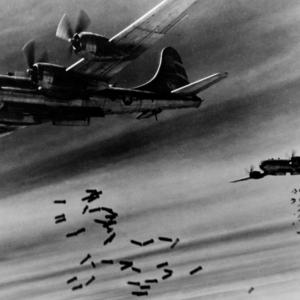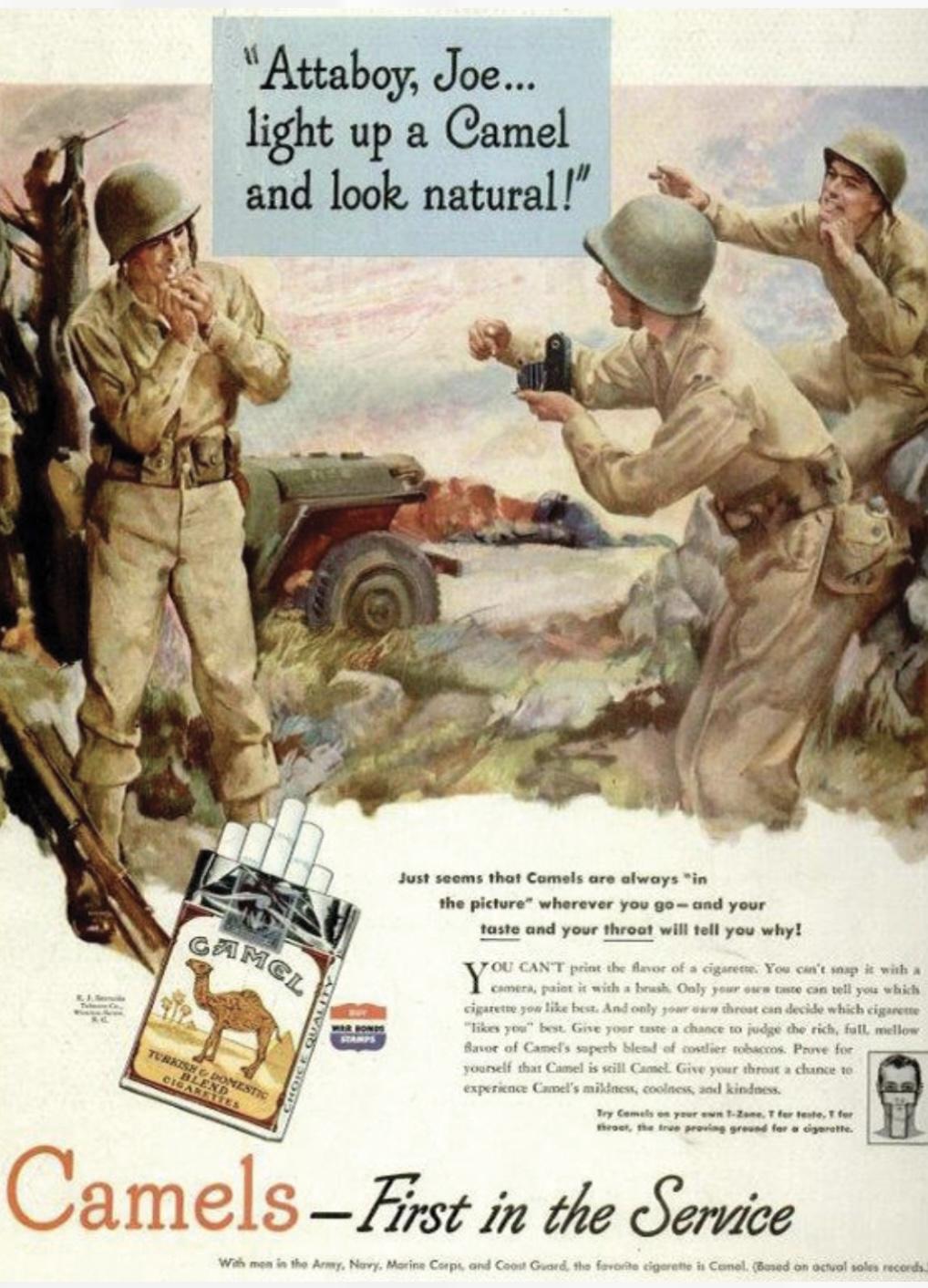
Cigarettes in War
A distinctive feature of both World War I and World War II armies was that the majority of their combatants were not professional soldiers but citizen conscripts. As a result, habits developed by ordinary soldiers on the battlefield—such as smoking—were often carried back home after the wars ended. During WWII, soldiers used cigarettes in much the same way as their WWI predecessors, relying on them to alleviate battle stress and calm their nerves.
In World War I, soldiers were rationed four cigarettes per day. By World War II, military authorities regarded tobacco as essential for maintaining the morale and effectiveness of fighting men, so cigarettes were included in daily K-rations even before toilet paper. Each K-ration meal contained a four-pack of cigarettes, amounting to 12 cigarettes issued daily. Additionally, soldiers had the option to purchase discounted twenty-packs at Army Post Exchange (PX) stores. This ensured cigarettes were widely accessible to troops.
Rather than issuing a single brand, cigarette rations came in sample packs featuring various brands, with Chesterfields being the most common. Tobacco companies specifically targeted military personnel, leveraging war heroes and personalities like test pilot "Red" Hulse to promote their products. They also shipped millions of cigarettes overseas to GIs, proudly advertising brands such as Camel as “First in the Service.”
WWII cigarette advertisements emphasized themes such as smoking as a patriotic act, fostering unity among troops, reducing stress, enhancing combat performance, supporting romantic loyalty, and maintaining a connection to home. Even after the war, WWII remained a key element in cigarette marketing, appealing to consumers who shared the collective experience of the conflict.


